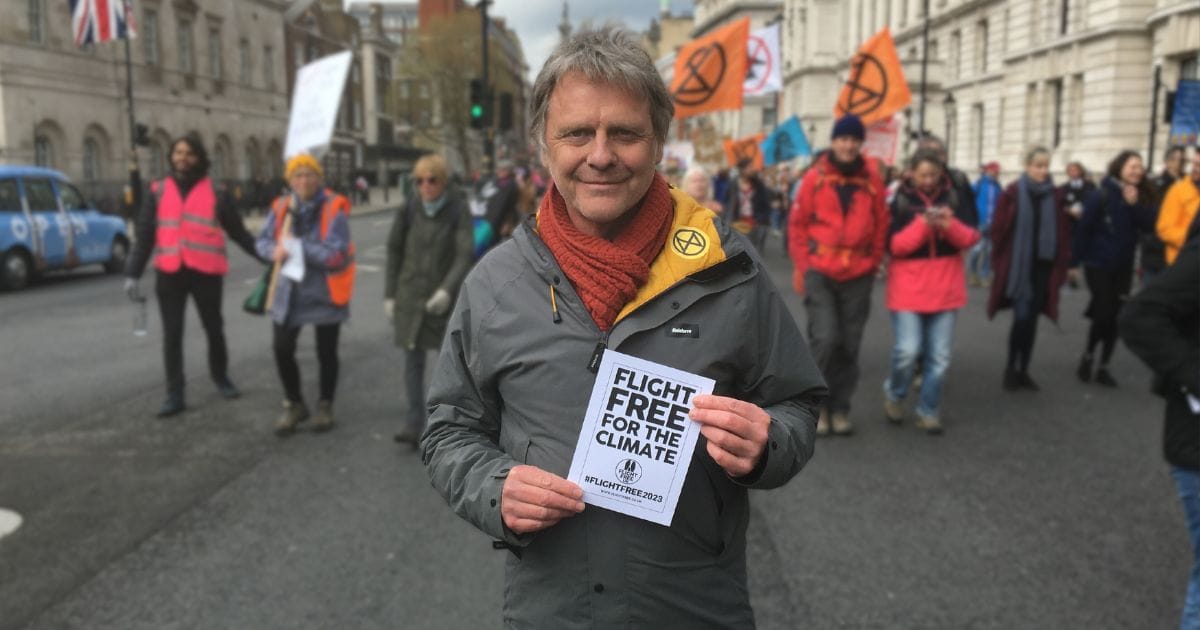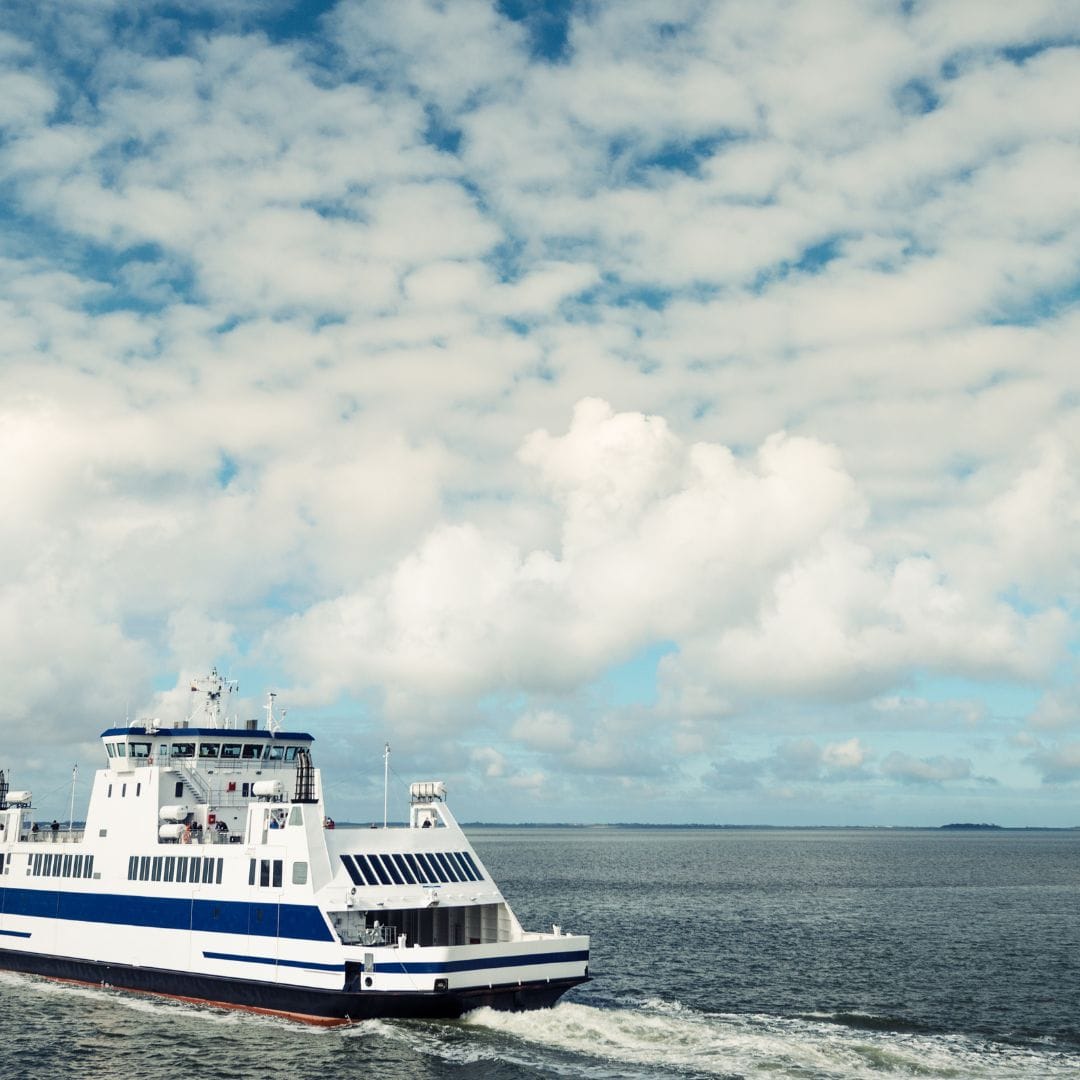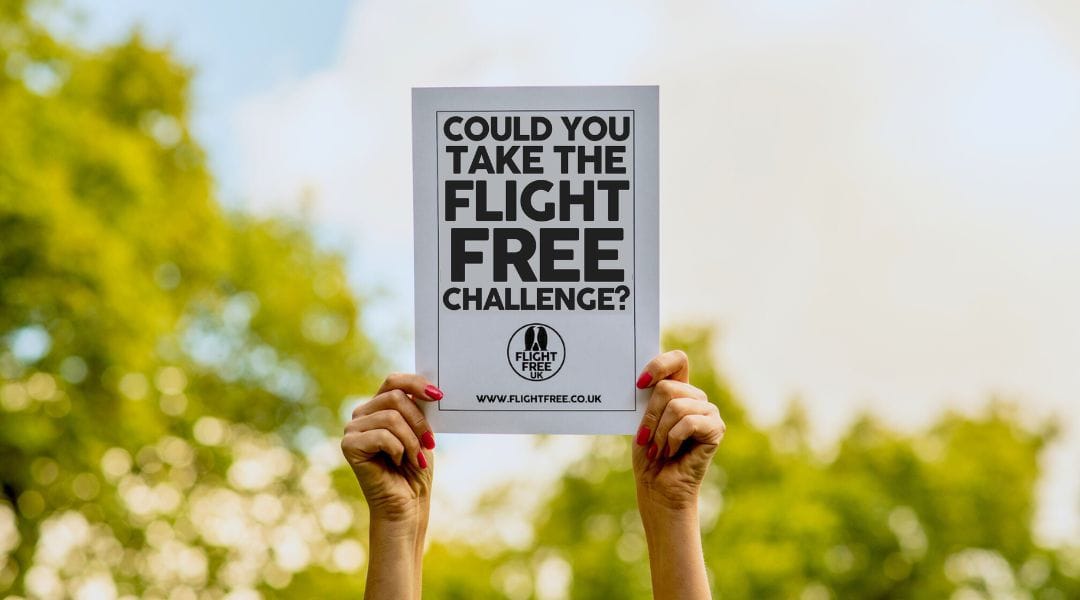Decarbonising aviation is a huge challenge, and one that the industry is throwing lots of money and innovation at.
But are new technological developments going to be effective in bringing aviation emissions down?
We take a look at some of the developments on the horizon.
Electric planes
Electrification is touted as the best way to decarbonise most modes of transport, and aviation is no exception. Electric planes of varying types and sizes, including solar planes, have been presented by many of the big players in the industry including Rolls Royce.
The first consideration is that electric transportation is not without environmental and human cost, with significant resources going into making batteries, and the sourcing of materials often involving human rights abuses and child exploitation.
Electric transportation is not without environmental and human cost.
Of course, this is nowhere near as high as the resources (and human rights abuses) used for fossil fuel extraction, but is still an important consideration.
Secondly, flights would only be 'carbon neutral' if the electricity comes from renewable sources.
This begs the question of whether using renewables for aviation is the best use of an already scarce power source. The priority for renewables should be decarbonising the grid and electrifying the road fleet, with aviation right at the bottom of the list.
The priority for renewables should be decarbonising the grid and electrifying the road fleet, with aviation right at the bottom of the list.
In practical terms, the size and weight of the batteries (which don't get lighter the further you travel, unlike fuel tanks) means that electric planes would be able to take a much smaller number of passengers than current aircraft, and the range capacity means that they would only ever be suitable for short-haul travel.
Given that we already have a short-haul method of electric travel – the train – it feels that any investment would be better spent on the rail network.
Electric planes have their place, for example on short-hop flights such as those in the Highlands and Islands, but they will never be suitable for large-scale commercial aviation.
Hydrogen
Hydrogen fuel is one of the more promising methods of creating genuinely zero-carbon emissions flight, as there's no carbon involved in the combustion process. However, production is quite energy-intensive, requiring 1.6-2.0 times as much energy as the fuels contain.
It would therefore only be truly zero-carbon if the process were powered by renewable energy, which brings us back to the limited supply of renewable energy that we talked about with electric flight.
One of the main challenges is where to put the fuel cells: in conventional aircraft, the fuel sits in the wings, but hydrogen cylinders are too bulky, taking up four times the volume of jet fuel, as well as needing to be kept at -250ºC. This would require adaptations to existing planes and would reduce the payload of passengers and cargo. Short and medium range planes could accommodate these changes reasonably easily, but long-range hydrogen-fuelled planes would require a complete re-design.
E-fuels
E-fuels include e-kerosene, or synthetic kerosene, which, like hydrogen fuel, requires electricity to make, but unlike hydrogen, can be blended with regular kerosene and therefore ‘drop-in’ to existing aircraft design.
This time, the production is much more energy-intensive – roughly twice as much as with hydrogen. Syn-fuels also still generate carbon emissions when burned. If they were to be generated using existing energy generation methods, it would be just as bad as using fossil fuels. Using renewable energy would bring a carbon emissions reduction of around 75%.
It’s estimated that if we were to power all of our planes using LH2 (liquid hydrogen) and syn-fuels, by 2050 it would require 3-4 times the current global level of renewable energy generation.
Powering all of our planes using hydrogen and syn-fuels would require 3-4 times the current global level of renewable energy.
Note: e-fuels come under the umbrella of SAF (sustainable aviation fuel). There are many other sources and forms of SAF, which we discuss in our article here.
New aircraft designs
It takes roughly 15 years for new aircraft designs to come into commercial use. New designs range from completely unrecognisable aircraft, such as those designed to carry hydrogen cells, to more fuel-efficient planes that look very similar to what we use today.
The issue here is the slow rate of progress. The first hydrogen plane flew in 1988, and the first (and so far only) 100% e-fuel flight was in 2010. Neither of these technologies are yet in widespread use. In the time taken for a new fuel-efficient plane to reach the market, growth in demand will have outstripped any efficiency gains.
In the time taken for a new fuel-efficient plane to reach the market, growth in demand will have outstripped any efficiency gains.
We are still expanding runways and airports based on current designs and requirements of aeroplanes, not for the planes of the future. This locks us into existing designs and technology for many years to come.
Technology has its place
but it can’t be seen as a replacement for reducing the amount we fly. There are simply not enough resources to decarbonise current levels of aviation, especially as those resources would be better used elsewhere.
Having said that, technology such as hydrogen would deliver genuine zero-emission flight, so if there’s one area that should be invested in, that’s it. Instead, government and industry is focussing more on alternative fuels, as a quicker, cheaper and less disruptive means of reducing emissions. The trouble is, SAFs are not nearly as effective as they seem.




